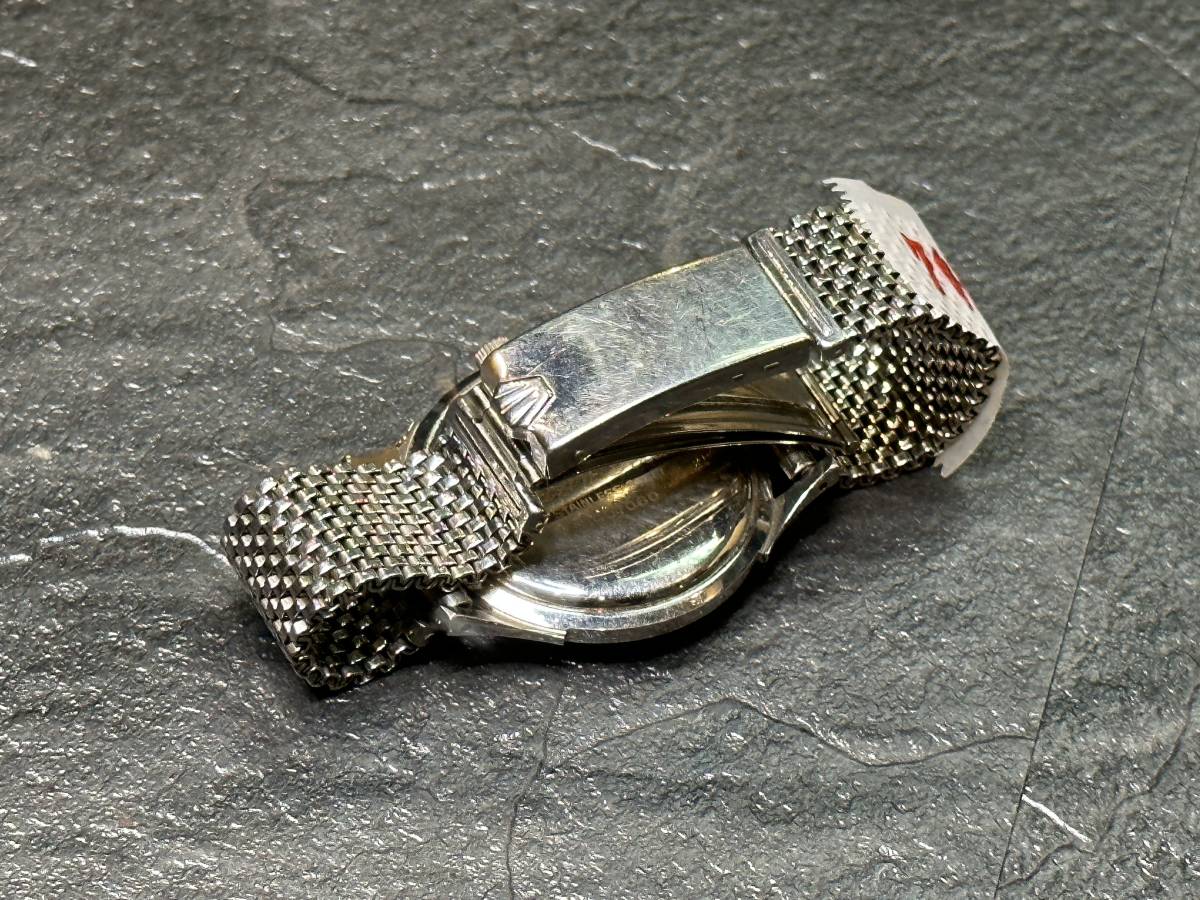

1–3 Infertility can cause substantial psychological and economic hardship.
#7342 proxie dr full
In addition, we prospectively measured fecundability in women representing the full range of the fertility spectrum, whereas most other studies have relied on retrospective report of time to pregnancy or have been conducted in fertility clinic populations.Īpproximately 10–15% of reproductive-age couples in the United States and Canada experience infertility, defined as the inability to conceive after 12 months of unprotected intercourse.

Our analysis overcomes the limitations of previous studies examining this association, including small sample size, limited geographic diversity, and lack of control for neighborhood-level confounding. Among participants residing across the United States and Canada, living close to major roads was associated with reduced fecundability, even after adjustment for individual- and neighborhood-level confounding. This is the largest preconception cohort study to prospectively measure the association between road proximity metrics and fecundability. These results are consistent with the hypothesis that traffic-related air pollution or other near-road exposures may adversely affect fecundability. Likewise, length of major roads within buffers of 50 and 100 meters was associated with lower fecundability in both countries associations were attenuated within larger buffers. The association among Canadian women was similar in magnitude, but less precise (FR = 0.93 95% CI = 0.74, 1.16). In the United States, the FR comparing women who lived <50 meters with those who lived ≥400 meters from the closest major road was 0.88 (95% CI = 0.80, 0.98). We used proportional probabilities regression models to estimate fecundability ratios (FRs) and 95% confidence intervals (CIs), adjusting for individual- and neighborhood-level characteristics. We geocoded residential addresses reported at baseline and during follow-up, and calculated distance to nearest major roads and length of major roads within buffers of 50, 100, 300, and 400 meters around the residence as proxies for traffic-related air pollution. From 2013 to 2019, women 21–45 years old who were trying to conceive without fertility treatment completed an online baseline questionnaire and follow-up questionnaires every 8 weeks for up to 12 months or until pregnancy. Methods:Īmong 7,342 female pregnancy planners from the United States and 1,448 from Canada, we examined the association between residential proximity to major roads and fecundability, the per-cycle probability of conception. The work cannot be changed in any way or used commercially without permission from the journal.Įmerging evidence from animal and human studies indicates that exposure to traffic-related air pollution may adversely affect fertility.
#7342 proxie dr license
This is an open-access article distributed under the terms of the Creative Commons Attribution-Non Commercial-No Derivatives License 4.0 (CCBY-NC-ND), where it is permissible to download and share the work provided it is properly cited. Address: Department of Epidemiology, Boston University School of Public Health, 715 Albany Street, T4E, Boston, MA 02118.
#7342 proxie dr pdf
Supplemental digital content is available through direct URL citations in the HTML and PDF versions of this article ( *Corresponding Author. Sponsorships or competing interests that may be relevant to content are disclosed at the end of the article. Obstacles within the grid slightly affect the fields’ shape, which the robot recognizes and uses to avoid the obstacles.ADepartment of Epidemiology, Boston University School of Public Health, Boston, MassachusettsīDepartment of Environmental and Occupational Health Sciences, University of Washington School of Public Health, Seattle, WashingtonĬCollege of Public Health and Human Sciences, Oregon State University, Corvalis, OregonĭDepartment of Environmental Health, Boston University School of Public Health, Boston, MassachusettsĮDepartment of Clinical Epidemiology, Aarhus University Hospital, Aarhus, DenmarkįResearch Triangle Institute, Durham, North Carolina The researchers positioned two electric fields orthogonally to each other, creating a grid. marcescens bacteria that are normally negatively charged. The electric fields don’t actually control the bots, but allow the bots to sense their environment and to move around. At Drexel University researchers are now using electric fields to help their bacterial biobots detect obstacles and float around them on their way to the final destination. While bacteria has been harnessed in the past to power small devices, having those devices actually navigate to a desired target has been a challenge. Microscopic robots, powered by bacterial flagellation, are a curious branch of robotics research, potentially leading to devices that can deliver drugs, perform surgical tasks, and help out with diagnostics.


 0 kommentar(er)
0 kommentar(er)
